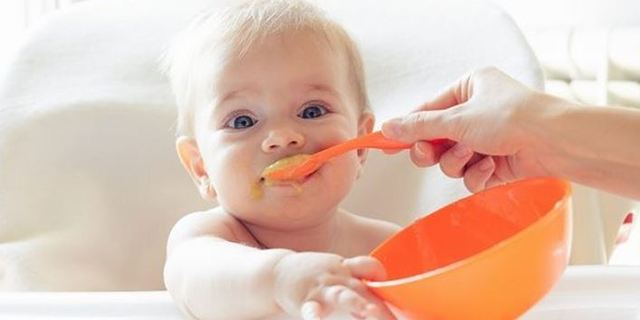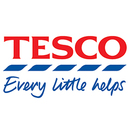Some people will tell you that it’s okay to start introducing solids at four months. However, The World Health Organization and the HSE recommend that it is best not to introduce solids until 26 weeks (6 months). After six months, your child is not able to get all of the nutrients that he or she needs from breastmilk, so it’s important that you start adding solids to their diet.
Delaying the introduction of solids is mainly to prevent your child from getting any infections from the food and to make sure that his or her immune system is strong enough to handle any potential allergic reaction. If you really feel that your child is hungry before six months, and you’ve already tried feeding him or her additional breastmilk, then it might be okay to start solids a little bit earlier, but definitely no earlier than four months.
Since the risk of allergic reaction in babies is much higher than in older people, you want to avoid foods that are known to be common allergens. These include cow’s milk and dairy products, eggs, fish and shellfish, citrus and products containing gluten.
There are specific developmental milestones that your child needs to have reached in order to be ready for solids too. These are:
- The ability to hold his or her head up
- The ability to sit up when supported (either in a high chair or in another type of seat.)
- Your baby has doubled his or her birth weight
- Your child is able to make chewing motions
- Your baby shows interest in the foods you are eating
When it comes to which foods to offer, there are several choices. You could try mashed or pureed versions of single fruits or vegetables (make sure they’re cooked without salt, sugar or other seasonings). Rice or maize cereal (or any type of baby cereal that does not contain wheat or gluten) is another good choice.
And as they get older, there’s a huge range of food available at Tesco, including the Tesco own label Spaghetti Bolognese or Carrot Baby Food Pouch, the Veggie & Red Lentil Bake or the Tesco Apple Rice Cakes, Apple and Mango Pouch or the Pear & Apple Pouch – lots of different tastes for your little one to enjoy.
You will need to practice a little bit of trial and error to find a feeding pattern that suits you and your child. You may find that feeding solids before, during or after a feed works better. You may also find that your child does not like particular tastes or textures. Keep trying – even if it seems that your child is eating little or nothing, it will get better with time.
Some babies also like to eat finger foods on their own. From around six or seven months, your child should be able to eat pieces of toast or cooked vegetables on his or her own. You could also try cooked pasta shapes, bananas, cereals, bread or melon. Make sure that even if your baby feeds him or herself, you are always around to prevent choking.
While you are introducing solid foods, for some time after, breastmilk will remain your child’s primary food source, so make sure that you maintain your regular feeding schedule. Also ensure that you introduce a variety of tastes and textures as time goes on. This will help to develop healthy eating habits, which will be important later on. You will notice that your child’s stools change a little when you start introducing solids, but don’t worry – that’s normal. You will also have to invest in a few pieces of equipment from Tesco’s Fred & Flo range – bibs, bowls and baby safe spoons being just some of them.
Starting solids is exciting for you and your child, but if there’s anything that you’re not sure of, or worried about, speak to your doctor.








